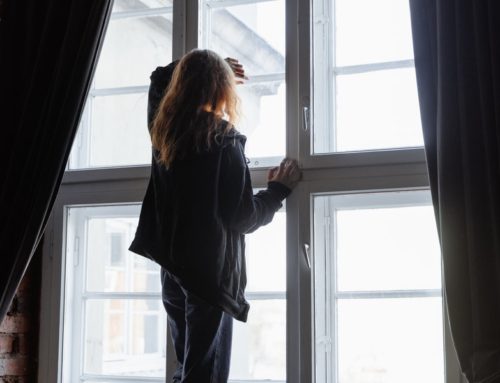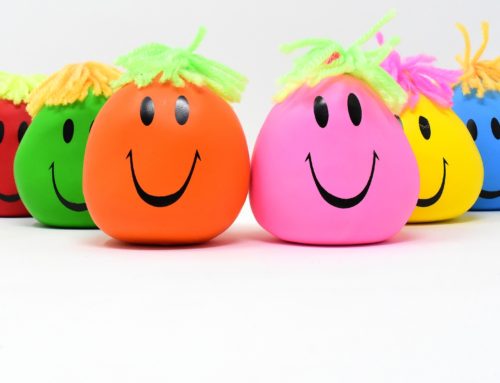Seasonal Affective Disorder (SAD) strikes those vulnerable to it when the days get shorter. Often called “winter blues” or “winter blahs,” SAD starts in late fall and winter for those people in the northern hemisphere. SAD affects those with or without any other depressive disorder. If you’ve already got a depressive or mood disorder, SAD just makes things worse.
Symptoms of winter-onset SAD include weight gain, decreased energy, lethargy, and hypersomnia (too much sleep). Other symptoms include:
- Depression most of the day, most days of the week.
- Anhedonia—loss of pleasure in activities you normally enjoy and lack of interest in them
- Agitation, restlessness
- Trouble concentrating
Wintertime-onset SAD seems to be caused by the decrease in sunlight. The change in light levels seems to affect some people’s circadian rhythms more disruptively than others. Circadian rhythm Here’s what gets affected:
- Your circadian rhythm. This is your internal body clock, controlled by an area of the brain that’s sensitive to light intensity and duration. Lowered levels of sunlight in late fall and winter seem to cause SAD. By disrupting the workings of your own internal timers.
- Altered brain chemistry. Serotonin is a major determiner of mood. It’s a brain chemical whose levels in some people drop significantly when light intensity and duration decreases.
- Melatonin levels. Melatonin is a hormone that has a powerful effect on your sleep and mood. Changes in the amount of light you’re exposed to alter how alert you feel, as well as your overall sleep patterns.
COPING
- Try light therapy. SAD is caused by a decrease in sunlight and a lessening in intensity of what sunlight there is. Specialized lamps designed specifically for treating SAD can be bought. Note that other kinds of lamps for other disorders, like psoriasis, don’t work for SAD. Also, note that light therapy can cause a manic episode for those with bipolar disorder.
- Watch your carb intake. People with SAD crave and eat more carbohydrate-rich foods (sweets and starches) than they do at other times of the year. They also over-eat and feel less full. Sugary and starchy foods knock blood sugar and insulin balances off-kilter and lead to metabolism peaks and crashes. This kind of roller coaster metabolism is destructive to mood and general health.
Add foods with Vitamin D to your diet. Vitamin D2 and D3 are ideal for mood support. Consider omega-3 fatty acids as well. They’re known to support neurological functioning and have been reported to boost mood.
- Try to stay active. SAD’s fatigue and lethargy make getting exercise a pain, but strangely enough, getting some exercise will give you more energy. Low-level, low-intensity exercise at least 1 hour a week is enough to help lift SAD.
- Stay as social as possible. Even a simple social activity like going to the movies can boost mood. You don’t have to go to a group or hit up parties. One to one socialization works well enough to provide a lift to the spirits, but brain activity also increases when we are around other people. The added neurological activity seems to give all the areas hit by SAD a boost.
- Be aware of other disorders. SAD has a cyclical nature with good moods and out-of-kilter, terrible moods. Bipolar disorder also cycles and can exist alongside SAD, as well as independently.
Don’t give up. The seasons will change, the days will lengthen, and your mood will improve. Contact a physician or therapist immediately if you have thoughts of suicide or harming anyone else. Reach out to Damaris through her contact page or calling 509-342-6592.






